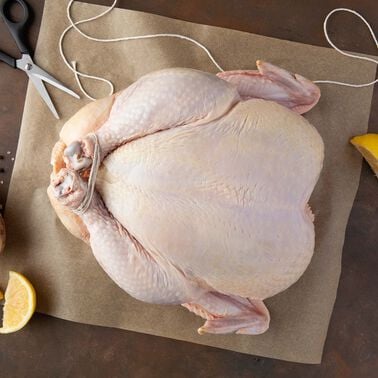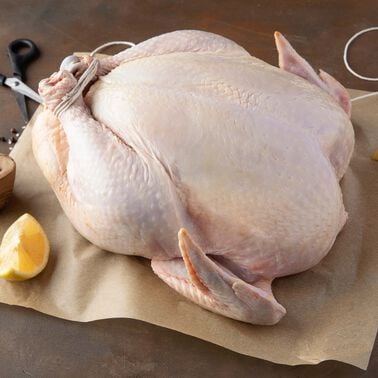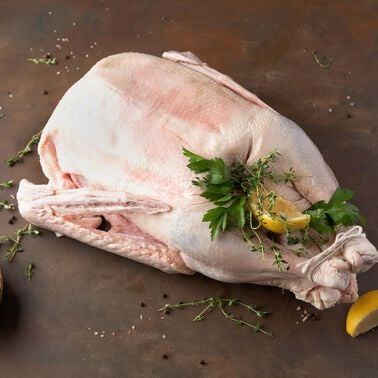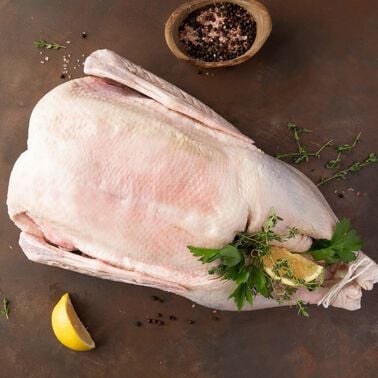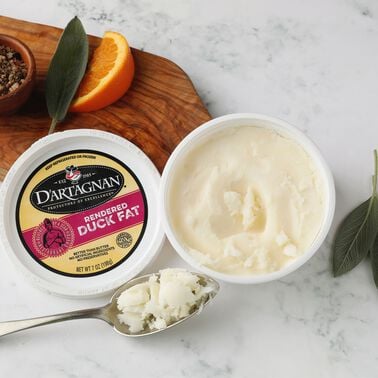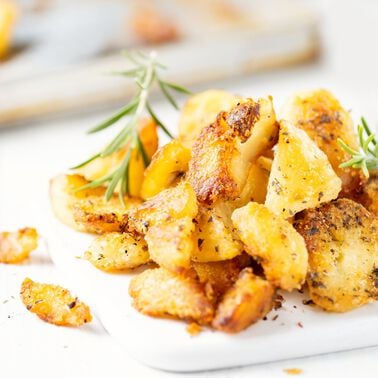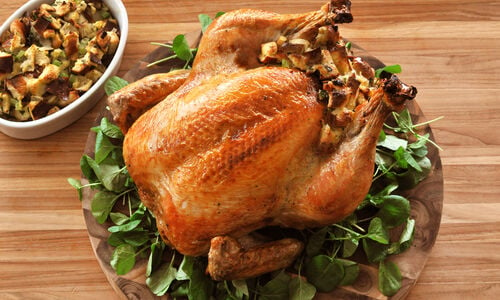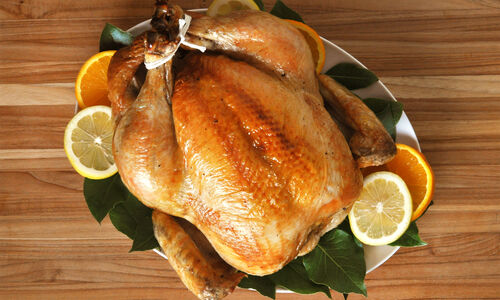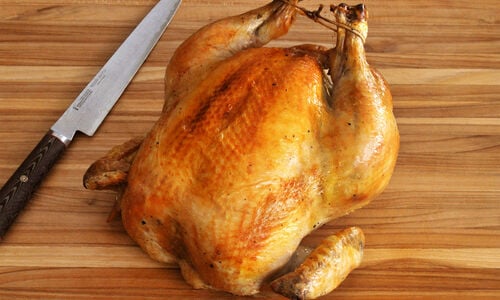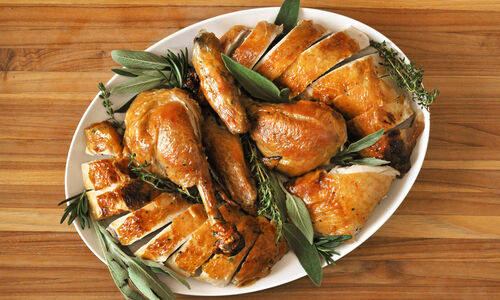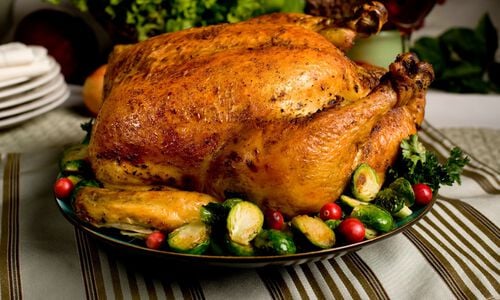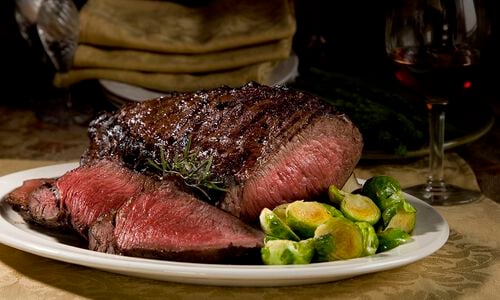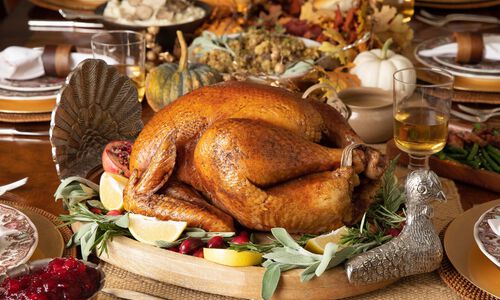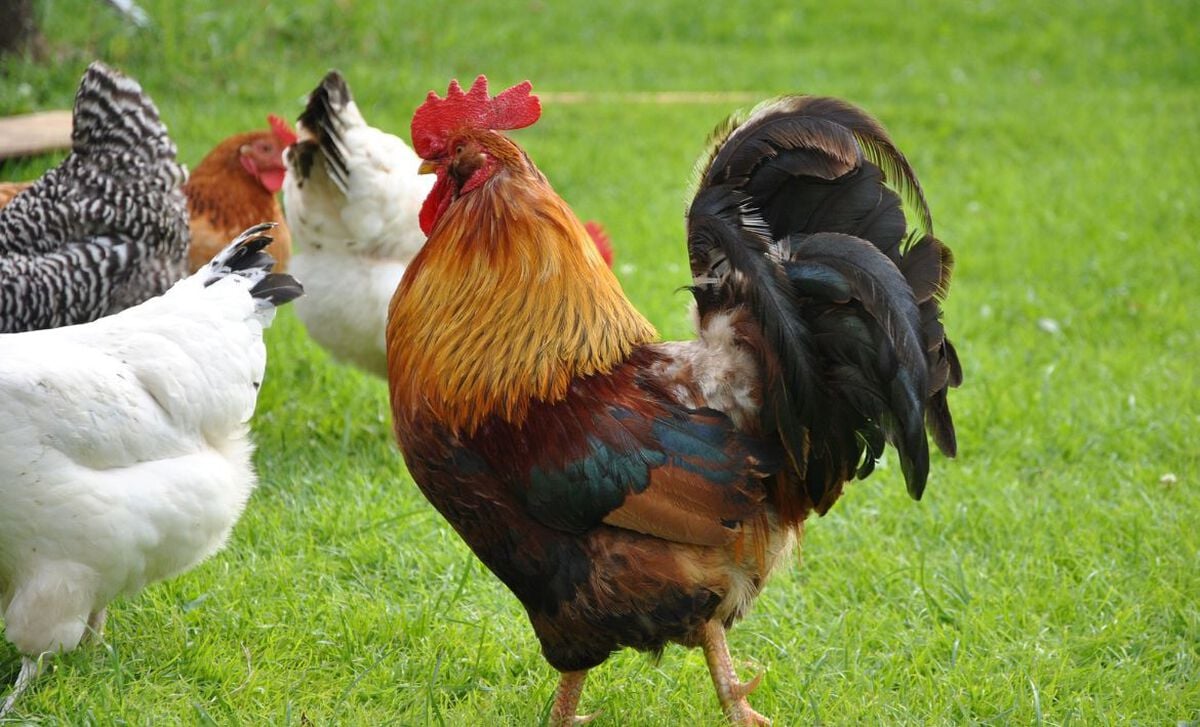
Raising Capons
Caponization is done either by surgical removal of the testes, or, as some factory poultry producers prefer, by estrogen implants. Capons that are labeled “all natural” have been surgically caponized. Because of the loss of sex hormones, the normally aggressive barnyard rooster becomes a docile, mellow creature. Capons can be housed together as they will not fight for dominance, which makes the process of raising them a lot easier on the farmer. They can be raised for many months, to a size of 6-12 pounds.
Cooking a Capon
Cooking a capon is not that different than cooking a chicken. Capons can be roasted like any chicken, but due to size will take longer. As a general rule, a capon should be roasted for 17 minutes per pound, so a 10 lb. bird would require a total roasting time of just under 3 hours. The capon is done cooking when a meat thermometer inserted into the thickest part of the capon's thigh reads 165 degrees, or the juices run clear. Whether poached, as in poule au pot, or stuffed and roasted, capons offer rich taste and lots of meat to go around the table. Read our article for more details on roasting a capon.
A Brief History of the Capon
Humankind has been eating chicken for a long time—at least since 4000 BC in Asia—but the capon’s history is a bit murkier. It seems the Romans were the first to castrate a young male chicken and then fatten it, when a law was passed during a period of drought forbidding the fattening of hens, as it was deemed a waste of precious grain. Wily breeders skirted the letter of the law by instead castrating roosters, and fattening them for sale. The name “capon” comes from the Latin “capo,” meaning “cut.” Through the Middle Ages, capons were especially popular with the clergy and kings, and thus popularized throughout Europe, where capon was stuffed, roasted, stewed and baked into pies. In present-day France and Italy, capons are traditionally served at Christmas.
Yes, capon is available in the US at specialty butcher shops, high-end grocery stores, and online retailers.
Capon has a rich, tender, and juicy flavor similar to chicken but more robust and nuanced, with a slightly sweeter taste due to its fat content.
